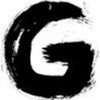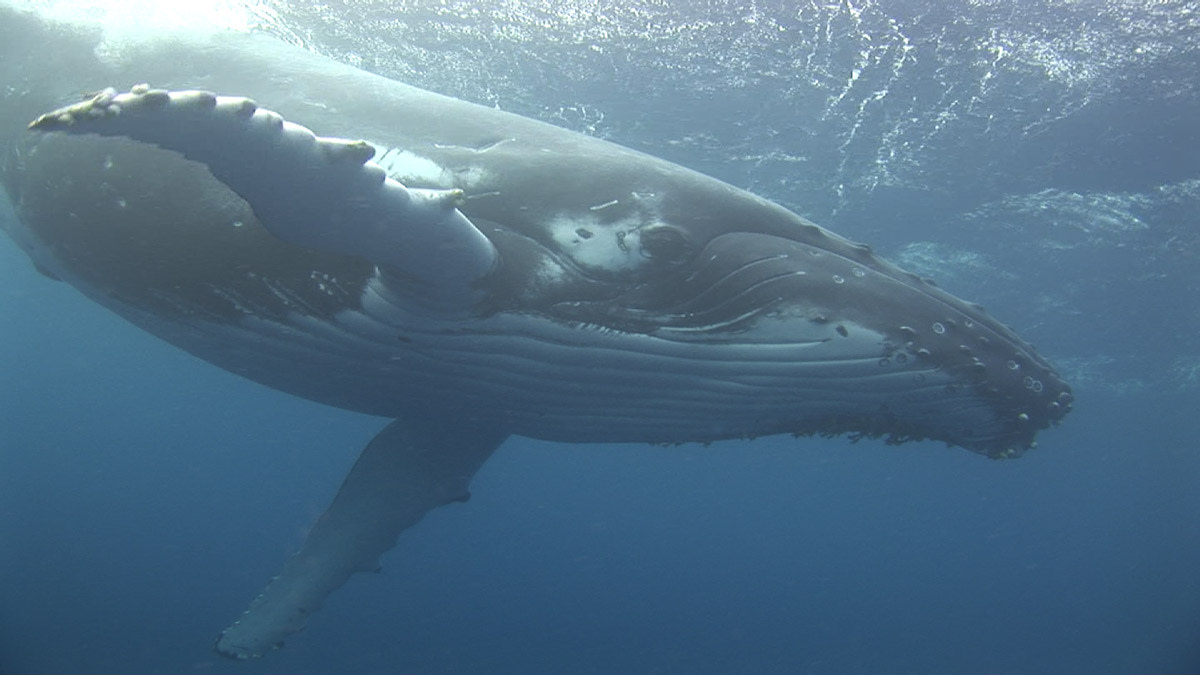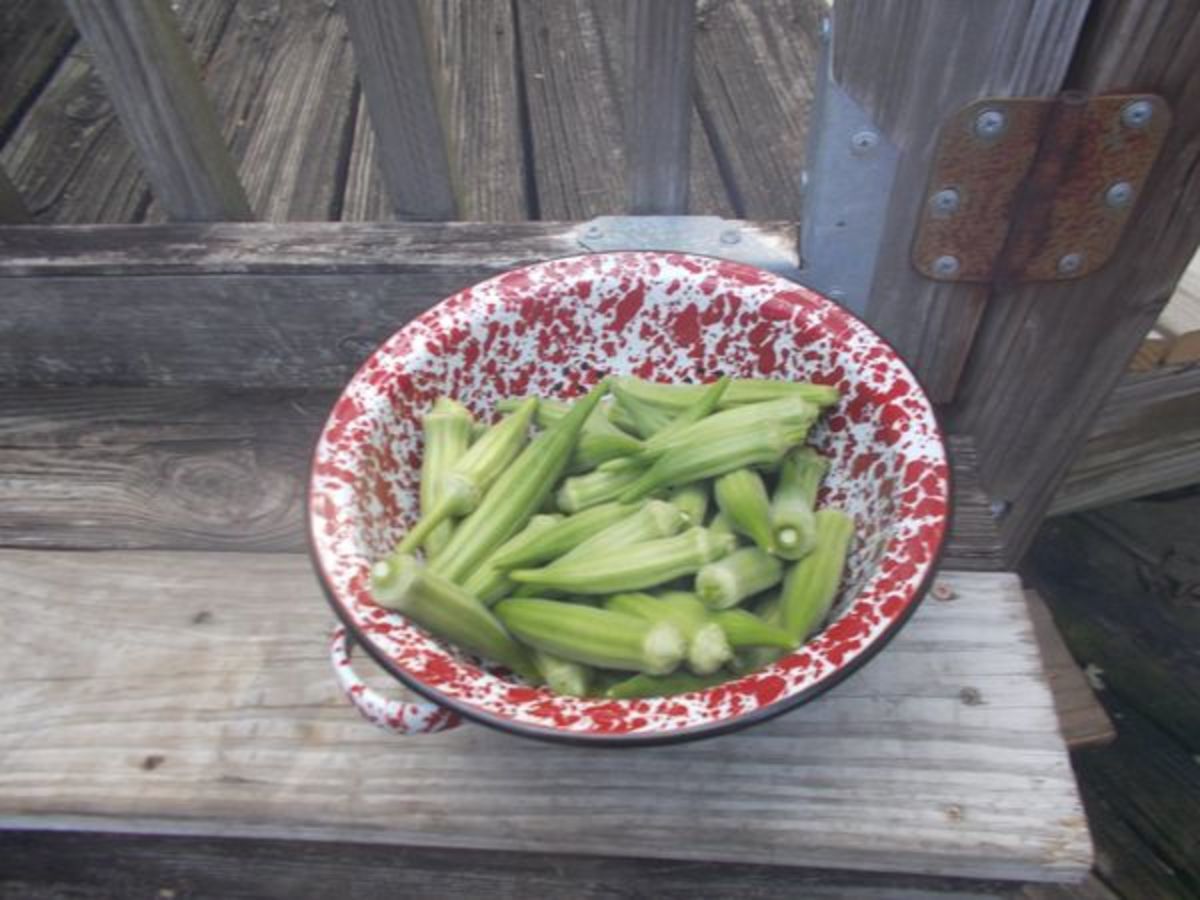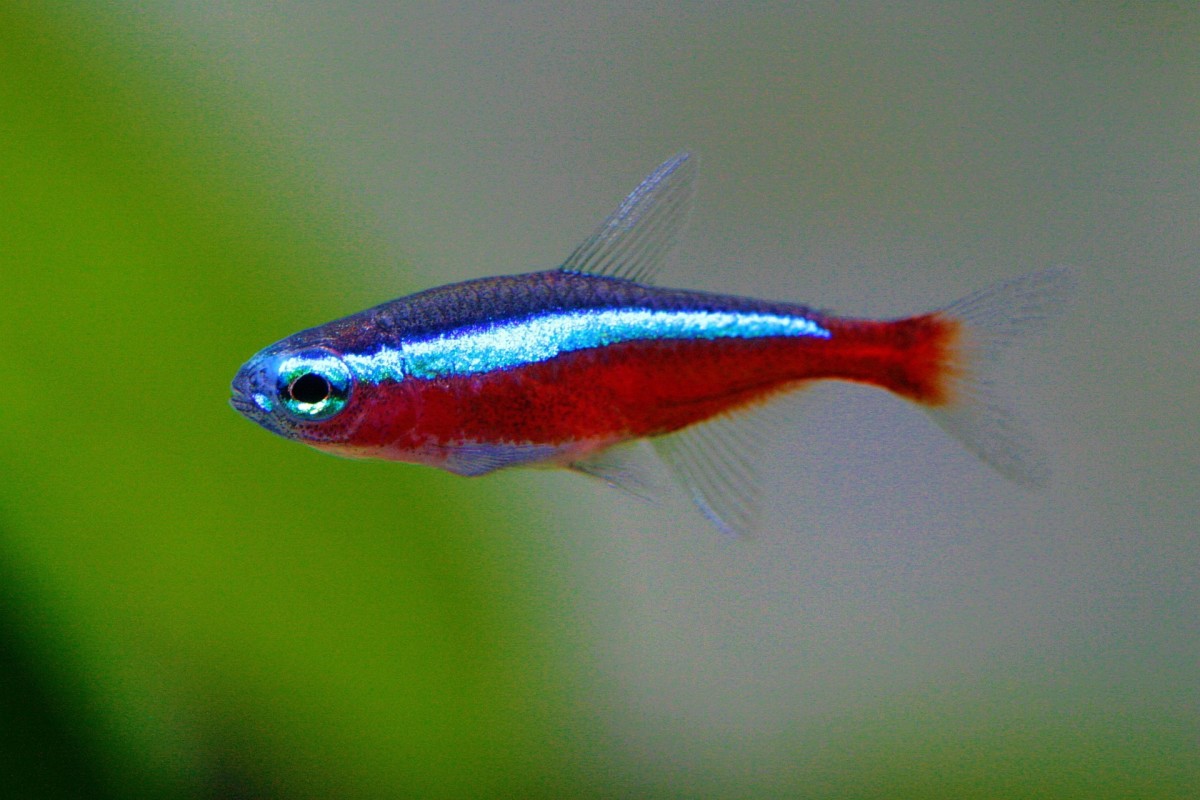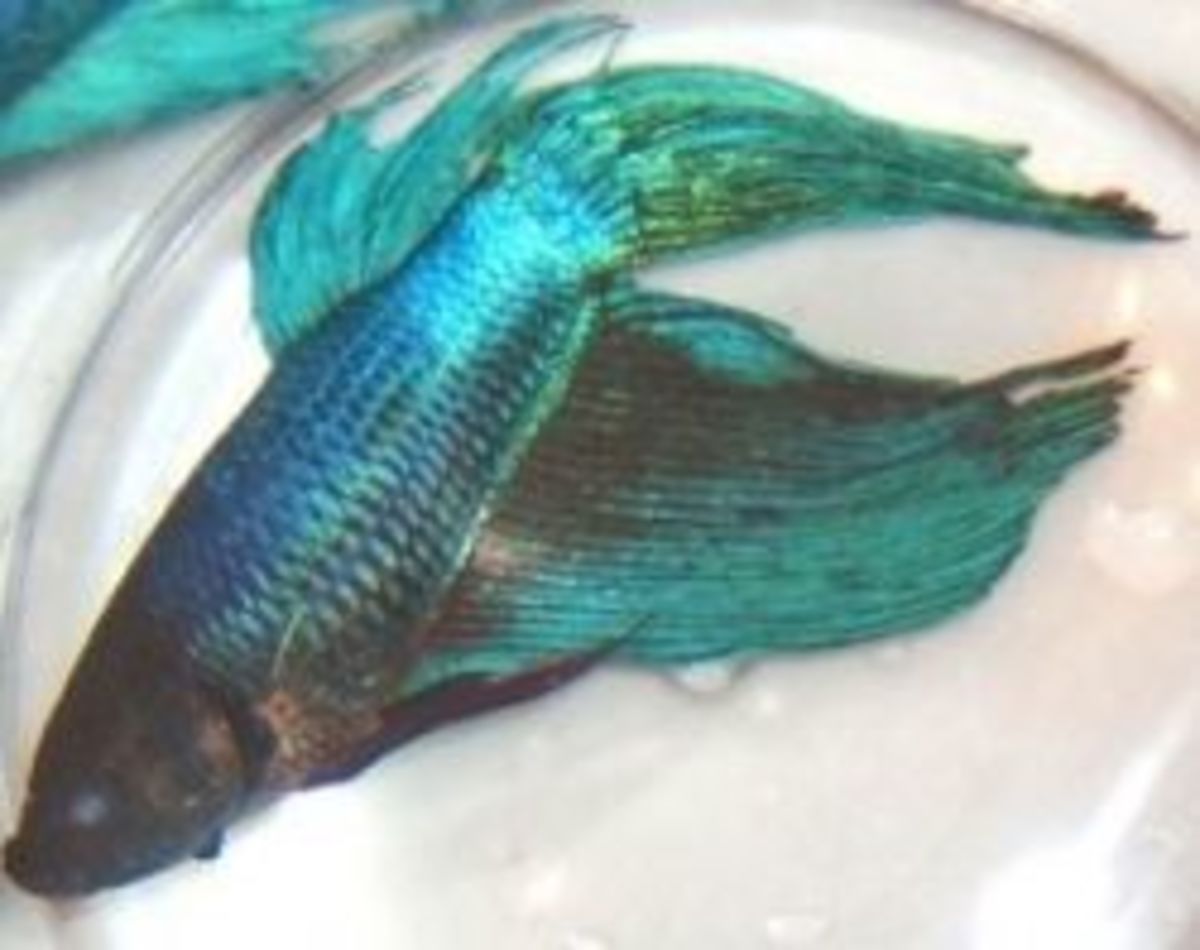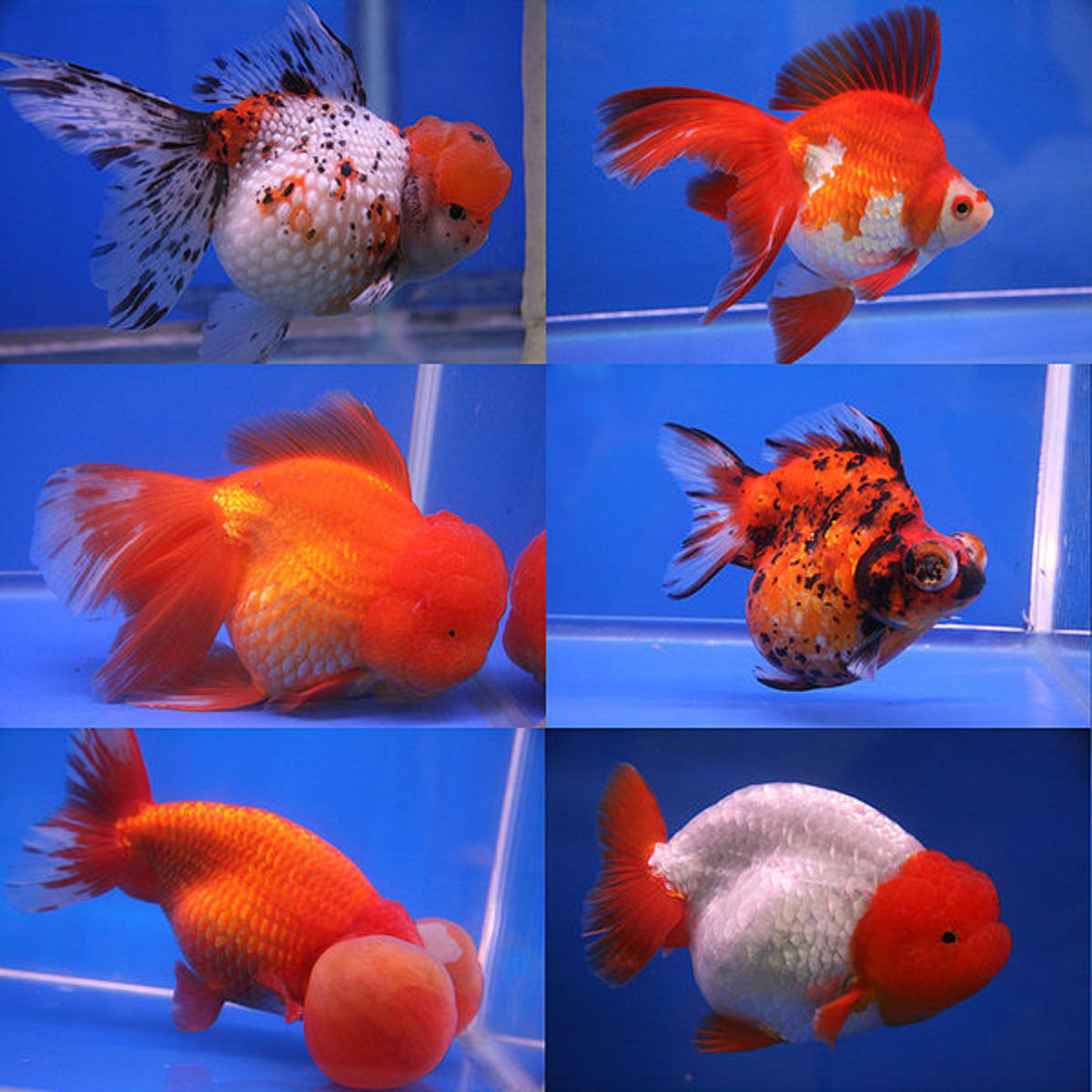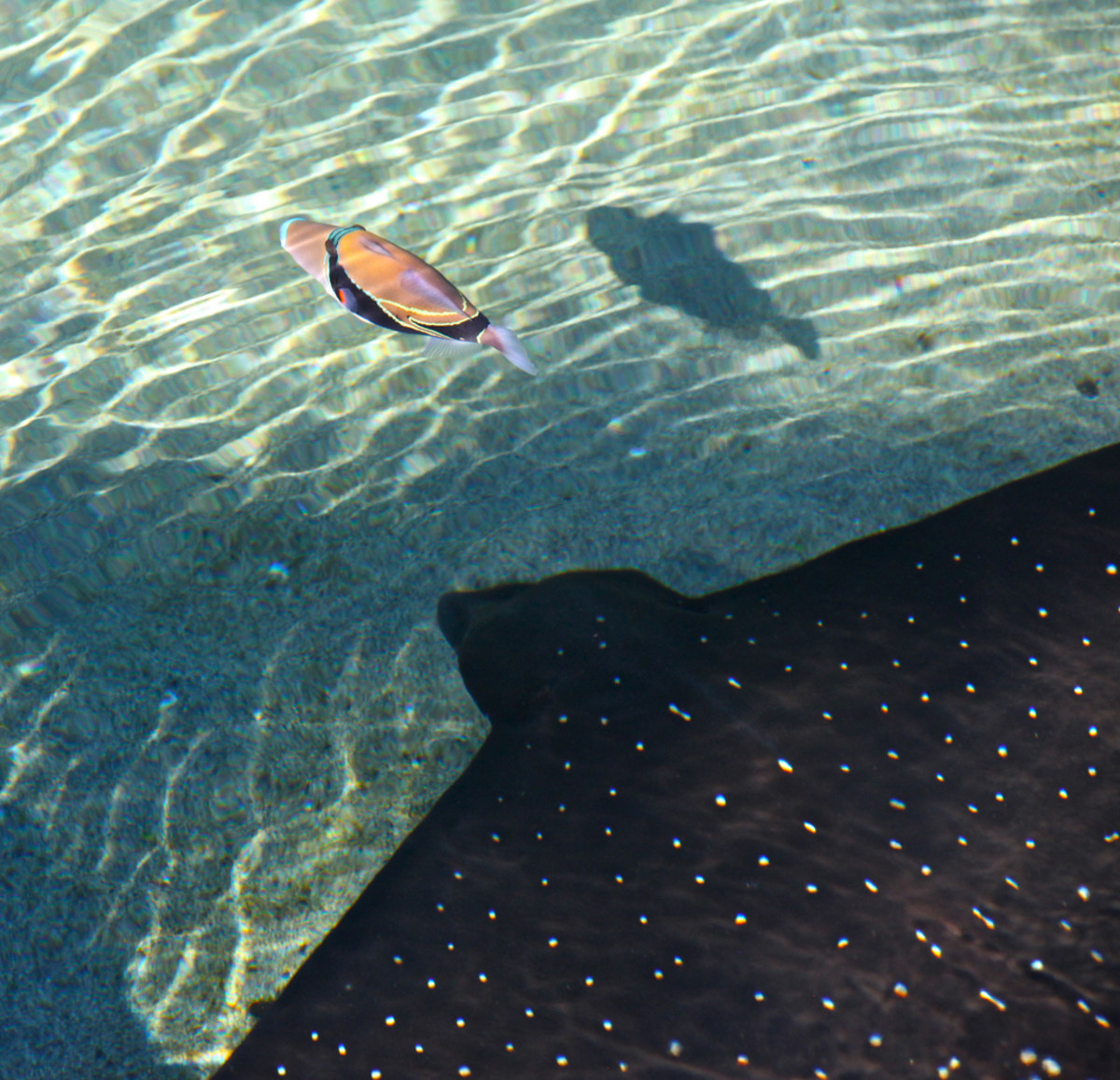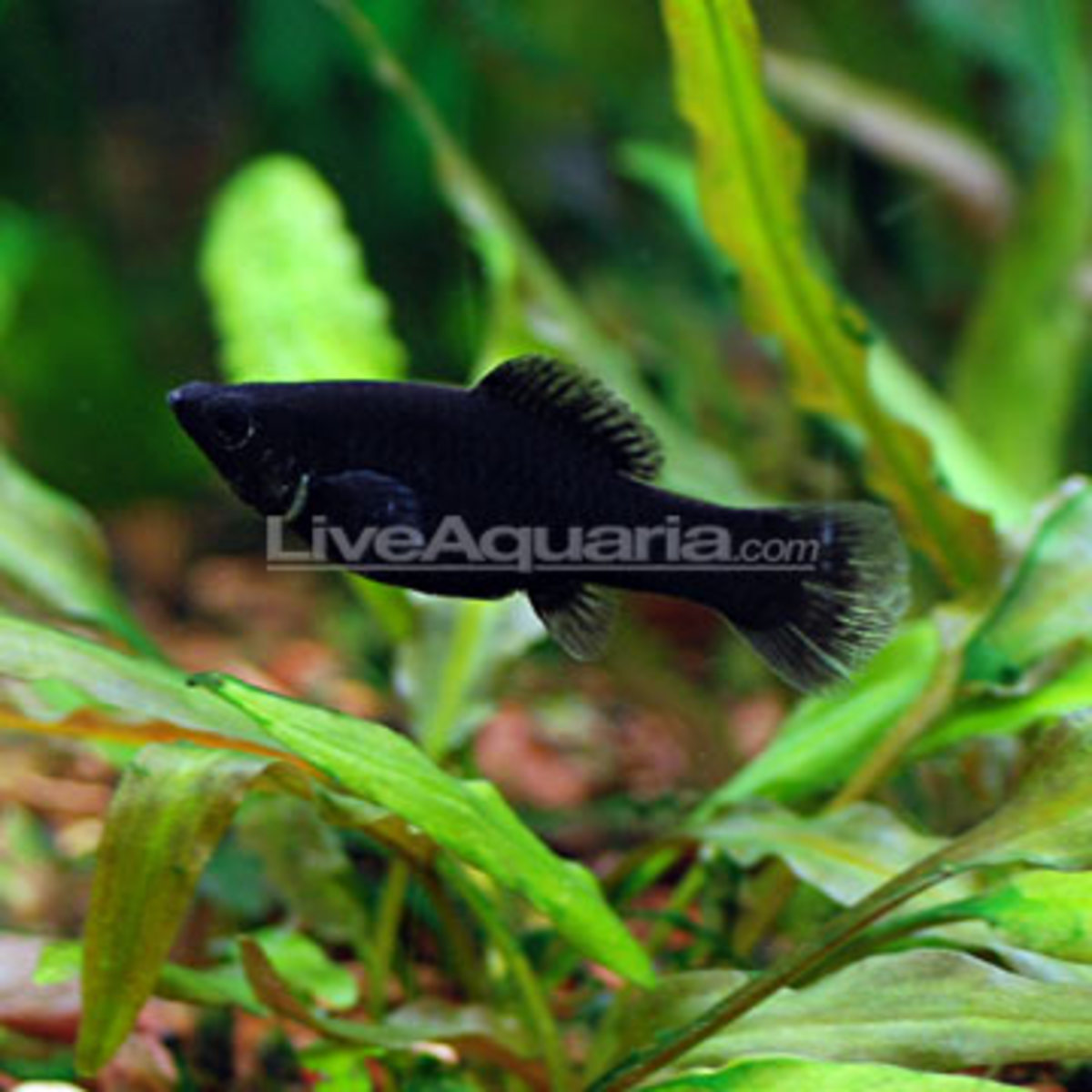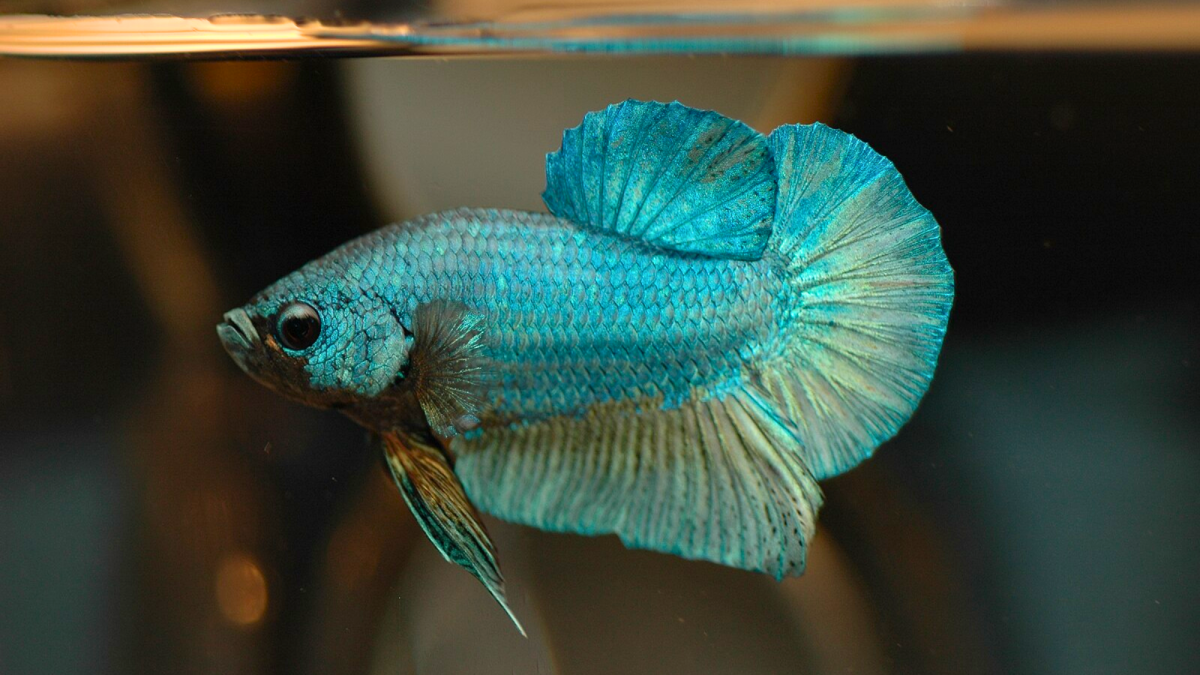Goldfish Varieties - A Guide to Goldfish Descriptions
Choosing the best varieties for your tanks and level of experience. Goldfish come in more than 100 varieties. Some have the normal streamlined form while others have short, egg-shaped bodies or fins that are long and trailing, doubled, split or, in the case of the dorsal fin, absent altogether. Some goldfish varieties have unusual heads, with a fleshy hood, warty 'pompoms' on the nose, huge pouches beneath the eyes, or 'telescopic' eyes on stalks. And not all goldfish are gold - they may be white, black, brown, blue, purple or variegated.
Best for beginners
As a general rule, the nearer a goldfish is to the original, natural design, the easier it is to keep. The Common goldfish, which resembles its wild ancestor in all but color, is the hardiest of the tribe. With no exaggeration to distract the eye from its beautiful color and metallic sheen, it is also one of the most attractive. It is the most popular goldfish and is recommended for novice fishkeepers.
Common goldfish
The 'original', single-tailed goldfish is the easiest variety for beginners to keep. Common goldfish are farm-reared for the 'pet' market; hobbyists focus on breeding high-quality specimens.
All Common goldfish are metallic but they can be self colored (all one color) or variegated (a combination of colors). Self-colored Common goldfish may be red, orange, yellow, blue, brown or black. Silver may also be included in variegated forms.
Comet
The Comet, which was first bred in the late 1800s in the USA, is similar to the Common goldfish except that it has a more slender body and its tail fin is longer and deeply forked.
Comets are very hardy and another ideal choice for beginners. You will need to allow them plenty of swimming space because they're also very active. One of the most popular colors is the Sarasa, which is red and silver.
Shubunkin
Another popular and hardy single-tailed variety, the Shubunkin is available in two forms: the London and the Bristol. The London Shubunkin is identical to the Common goldfish in body shape and finnage, while the Bristol has longer and more developed fins.
Shubunkins typically have multicolored - calico - markings. In show-quality fish, blue should form the background color and be present over at least 25 percent of the fish. There should also be areas of violet, red, orange, yellow and brown and an even distribution of black spots.
Fantail
Fantails have a deep body and a divided and forked tail fin, which is the major characteristic of the variety. All fins except the dorsal fin should be paired and have slightly rounded tips. Fantails can be metallic self-colors, variegated or calico (multicolored).
Veiltail
Veiltails have a short body and a long and flowing tail fin - it should be at least three-quarters of the length of the body. The flowing fins are easily damaged, so it is best to keep Veiltails with other long-finned varieties and to avoid sharp rocks or other decorations in the aquarium. Good-quality Veiltails are difficult to breed.
Ryukin
The Ryukin is regarded as a Japanese variety and it is very popular there. It is quite a large variety - it can grow to about 20cm (8in) - with a deep body, which slopes steeply from behind its long and distinctly pointed head. It has a high dorsal fin and long tail fin with three or four lobes. Ryukin can be self-colored metallic, variegated or calico.
Oranda
This short-bodied, high-backed goldfish has long, paired fins, a high dorsal fin and a raspberry-like hood covering the head. Some Orandas also have telescope eyes. Orandas are not the easiest of goldfish to keep - they are vulnerable to swimbladder disease and fungal infections - and need a good, varied diet.
Pompom
The distinguishing feature of this variety are the two bunches of fleshy lobes, resembling pompoms, that have developed from the flap of skin (the nasal septum) separating the orifices forming the two nostrils on either side of the fish's head. In good-quality Pompoms these lobes are of equal size. The Pompom's body shape and arrangement of fins are similar to those of the Celestial and Bubble-Eye.
Lionhead
Originally bred in China to resemble the mythical lion dog, the Lionhead is very similar in appearance to the Ranchu. The main difference is that its back slopes gently and smoothly towards the tail.
Ranchu
This highly prized Japanese variety is very similar to the Chinese Lionhead. Its main distinguishing feature is its lack of the dorsal fin. The back is steeply arched, while the tail fin, which is fully divided, faces almost downwards. It has a hood, or 'wen' covering the head. As well as metallic self-colored and variegated forms, there are also nacreous varieties - with a dull mother-of-pearl shine including 'sakura nishiki', which is red and white, and 'edo nishiki', which is calico.
Celestial
The most obvious features of this small, twin-tailed fancy goldfish - and the ones that give it its name - are the protruding eyes on the top of its head, which gaze permanently upwards. This can make for problems with feeding if it is kept with other varieties as it may not get its fair share. Young Celestials look much like other goldfish; the eyes start to migrate around the head as the fish mature.
Bubble-eye
The Bubble-eye has a similar body-: shape and arrangement of fins to the Celestial: it has a deep body, lacks the dorsal fin and its back slopes towards the caudal fin, which should be clearly divided and forked. All other fins are paired and should have rounded edges. The Bubble-eye takes its name from the extremely overdeveloped fluid-filled pouches of skin under and around the eyes.
Globe-eye
Also known in the USA as the Telescope eye and in the Far East as the Dragon Fish, this fancy variety has eyes that protrude from the head. It has an overall body shape similar to that of the Veiltail, a single dorsal fin and other fins are paired with pointed tips The caudal fin is long and should be forked to about a quarter of its length.
Panda Butterfly
This variety is very similar to the Globe-eye. Its name is derived from its coloration - black and white (silver) -and its tail, which, when viewed from above, looks like the wings of a Swallowtail butterfly. Ideally the colors should be balanced on either side of the body and the black should be intense and the silver bright. Sometimes known as the Magpie, this is a relatively new variety that is gaining in popularity.
- Aquarium Filtration and Filter Types
It is crucial that you maintain good water quality if your goldfish are to survive. Water is a fish's life support, from which it obtains oxygen to breathe - but it is also the fish's toilet. In the confined... - Caring for Your Goldfish Safety in the Aquarium
Goldfish are among the easiest fish to maintain, but their environment is crucial to their health. Making sure that the water quality in their aquarium is good is of even greater importance than feeding them...
